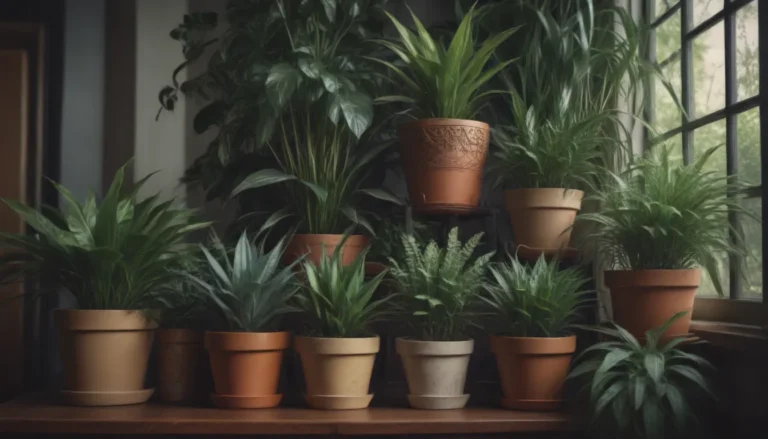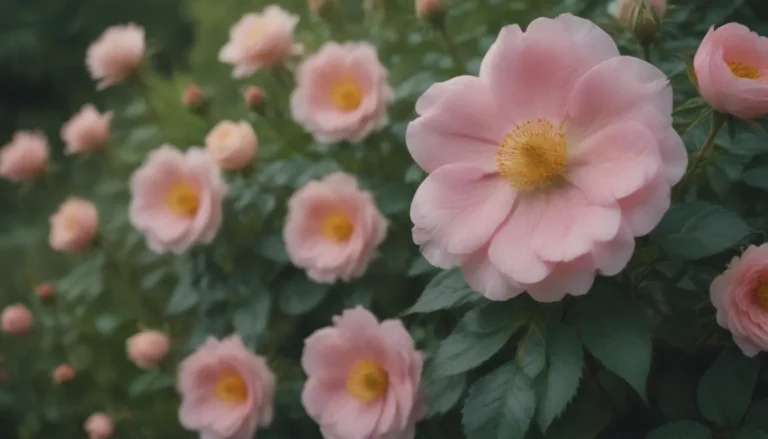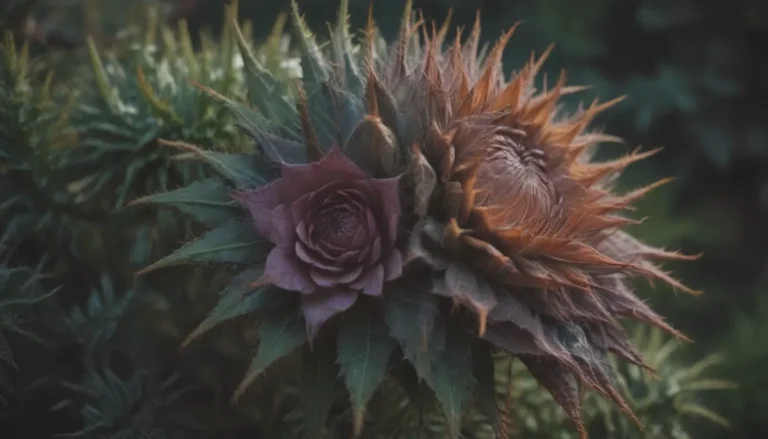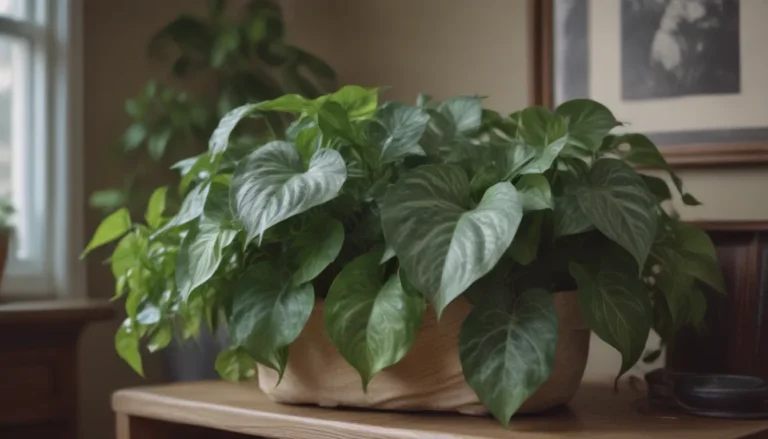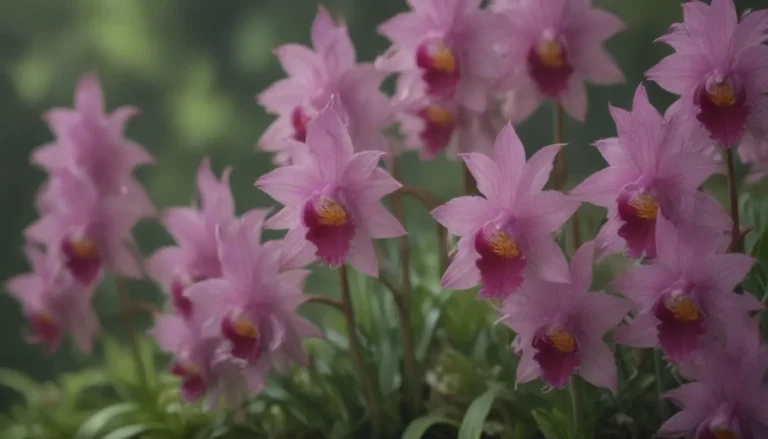How to Take Care of Your Orchid: 12 Signs to Watch Out For

Are you a beginner orchid grower looking for some guidance on how to keep your prized plant thriving? Orchids can be intimidating, but with the right care and attention, they can flourish in your home for many years. It’s important to remember that orchids are tough plants, and while they may seem finicky at times, they are not as difficult to grow as you may think.
In this comprehensive guide, we will explore the signs that your orchid may be struggling and what you can do to help it thrive. From yellowing leaves to limp stems, we’ll cover it all. So, sit back, relax, and let’s dive into the world of orchid care.
Understanding Your Orchid’s Growth Cycle
Before we delve into the signs that your orchid may be in distress, it’s important to understand the natural growth cycle of these beautiful plants. Orchids go through periods of rest, during which they may not look their best. This is a natural part of their annual cycle as they prepare to bloom. While some orchids may go into true dormancy, most simply require a period of rest after flowering. During this time, it’s essential to continue with regular maintenance, including providing adequate light, water, temperature, and humidity.
Keep in mind that orchids grown in the home environment can live for up to 15 to 20 years with the right care and consistent maintenance routine. So, don’t panic if your orchid appears to be resting – it’s all part of the process of keeping them healthy and thriving.
Signs Your Orchid Needs Attention
Orchids are sensitive to changes in their environment, and they will often display signs when they are in distress. Here are 12 common signs that your orchid may need some extra care and attention:
Leaves Turn Yellow and Drop
- Yellowing leaves are a natural process, but if new leaves are turning yellow and dropping off, your orchid may be receiving too much light or water.
- Adjust the lighting and watering schedule to help your plant recover.
Brown Tips on Leaves
- Brown tips on leaves indicate that your orchid is not getting enough moisture.
- Increase watering frequency and raise humidity levels to prevent further damage.
Wrinkled Leaves
- Wrinkled leaves are a sign of underwatering.
- Water your orchid thoroughly and adjust your watering schedule to keep the plant healthy.
Aerial Roots Dry Up
- If your orchid’s aerial roots are shriveling and turning brown, it may not be getting enough humidity.
- Remove any dead roots and increase humidity levels to promote healthy growth.
Black or Brown Spots on Leaves
- Dark spots on leaves can be a sign of sunburn from too much light.
- Remove affected leaves and adjust the plant’s lighting to prevent further damage.
Fungal and Bacterial Disease
- Fungal and bacterial diseases can cause tissue collapse in orchids.
- Isolate the plant, remove diseased parts, and treat with a fungicide to prevent further spread.
Pest Problems
- Orchids can attract pests like scale, aphids, thrips, and spider mites.
- Inspect your plant regularly and treat infestations with neem oil or a mild pesticide.
Orchid Viruses
- Orchids can be affected by various viruses that cause streaked or malformed leaves and flowers.
- Dispose of infected plants to prevent further spread of the virus.
Limp Leaves or Soft Crown
- A soft crown and limp leaves indicate that the potting medium is waterlogged.
- Repot your orchid with fresh growing materials and adjust your watering schedule accordingly.
The Orchid Isn’t Growing
- Orchids may go through periods of slow growth or rest during their growing cycle.
- Be patient and avoid overwatering or fertilizing to encourage healthy growth.
Orchid Won’t Bloom
- Insufficient growing conditions can prevent orchids from blooming.
- Learn about your orchid’s natural growth cycle and provide the right conditions for flowering.
Flower Buds Fall Off Before Opening
- Bud blast can occur when flower buds turn yellow and drop off without opening.
- Ensure the plant is in the right environment with proper lighting, humidity, and air circulation to prevent bud blast.
By paying attention to these signs and adjusting your care routine accordingly, you can help your orchid thrive and bloom year after year. Remember, orchids are resilient plants that can live for many years with the right care and attention.
Troubleshooting with Orchids. New York Botanical Garden.
Viruses. American Orchid Society.
Bud blast. American Orchid Society.
